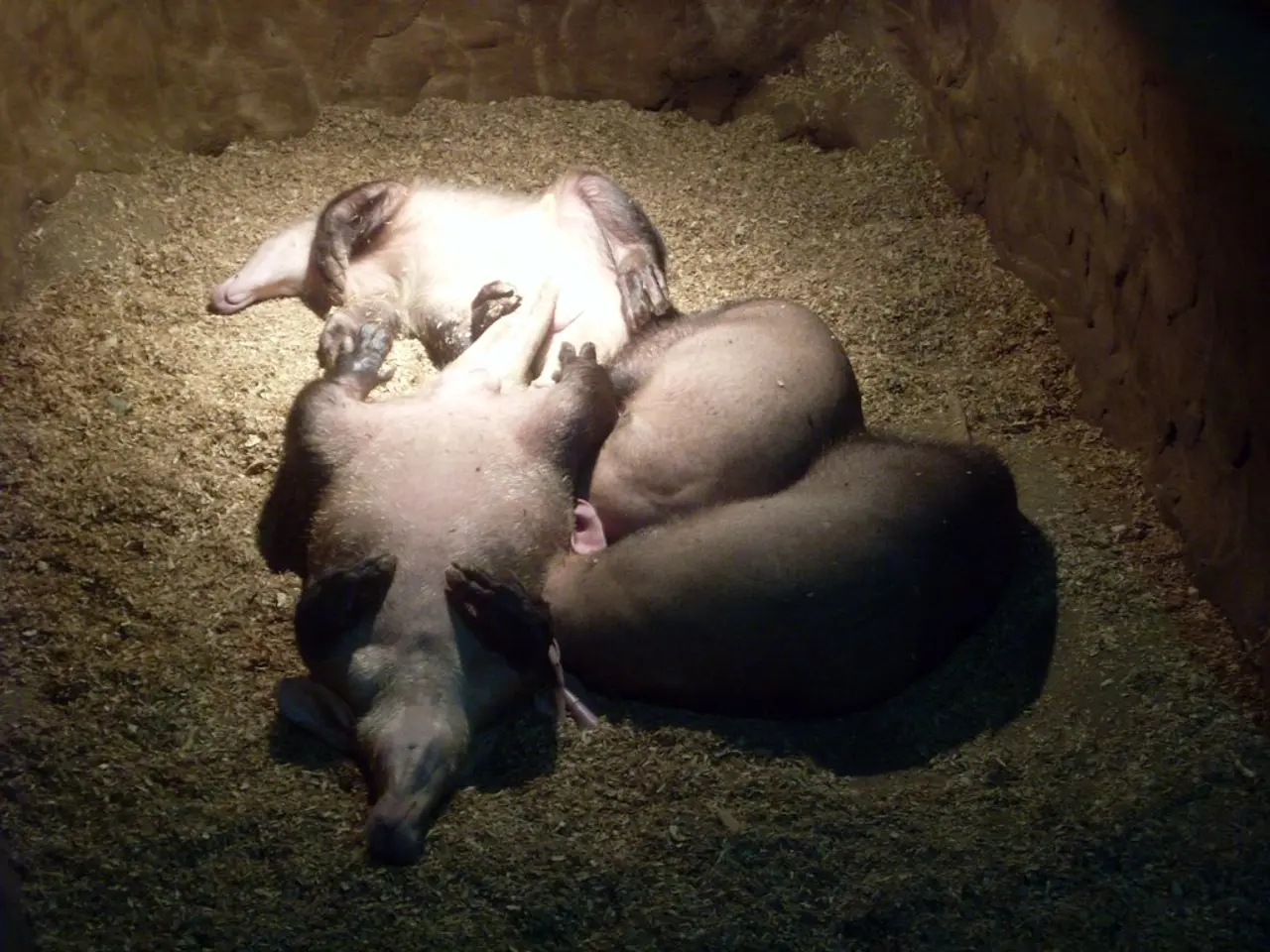Observing Nocturnal Wildlife: 7 Methods that Spark Curiosity and Boost Education
Nighttime Wildlife Observation: A New Dimension in Children's Learning and Development
Children are embarking on an exciting journey as they delve into the world of nocturnal wildlife. Through programs like "Owl Prowl" and nocturnal animal workshops, they are learning to observe and understand the behaviours of creatures that are most active under the cover of darkness.
This unique experience offers a chance to witness adaptations like heightened senses and behaviours that differ from daytime wildlife. It encourages children to build their observational skills, ask scientific questions, and make inferences about survival strategies, which are crucial for cognitive development and critical thinking.
One of the key benefits of nighttime wildlife observation is the enhancement of sensory awareness. In the absence of light, children learn to rely on their other senses, particularly sound, to identify animals. They become adept at distinguishing between bat wing beats and bird flight patterns, and even learn to tell the difference between wind rustling leaves and small mammals moving through undergrowth.
Nighttime wildlife encounters also foster empathy and a connection with the natural world. Children often express worry about "their" animals during storms or cold snaps, indicating a growing bond with the creatures they observe. This emotional development is further supported by animal-related storytelling and observation, which contribute to social learning, resilience, and empathetic responses.
Moreover, such activities complement important developmental processes like memory consolidation and emotional regulation. The well-established sleep routines associated with nighttime wildlife observation reinforce the importance of balancing active outdoor learning with adequate sleep for overall development.
Nighttime wildlife observation creates interdisciplinary learning connections between biology, astronomy, weather patterns, and conservation science. Children learn to understand celestial navigation and atmospheric conditions, and how these factors influence animal behaviour. For instance, they discover that bats emerge precisely 20 minutes after sunset, while owls hunt during specific moon phases when prey visibility increases.
This detective work builds logical reasoning as they piece together evidence from multiple sources. Children learn population dynamics by tracking family groups over multiple seasons, and learn about local wildlife corridors and feeding territories through the use of motion-activated cameras.
In summary, nighttime wildlife observation provides multisensory educational experiences that nurture scientific inquiry, emotional growth, and a deeper appreciation of biodiversity in children. It transforms abstract conservation concepts into tangible experiences, fosters protective instincts and empathy development, and improves children's attention spans. The patience and mindfulness required for nighttime wildlife watching are skills that children carry with them long after their nocturnal adventures have ended.
[1] Cognitive Development and Critical Thinking in Children Through Nighttime Wildlife Observation
[2] The Impact of Sleep and Outdoor Learning on Children's Development
[3] The Role of Observation in Scientific Inquiry and Cognitive Development
[4] Animal-Related Storytelling and Observation in Childhood Development
[5] The Effects of Outdoor Learning on Emotional Growth and Resilience in Children
[1] Nighttime wildlife observation encourages children to build their observational skills, ask scientific questions, and make inferences about survival strategies, thereby contributing to cognitive development and critical thinking.
[2] The well-established sleep routines associated with nighttime wildlife observation and the balance of active outdoor learning with adequate sleep enhance overall development in children.
[3] Through nighttime wildlife observation, children engage in detective work that builds logical reasoning, demonstrating the role of observation in scientific inquiry and cognitive development.
[4] Animal-related storytelling and observation in nighttime wildlife observation support social learning, resilience, and empathetic responses in children.
[5] Nighttime wildlife encounters foster empathy and a connection with the natural world, leading to emotional growth and resilience in children as they develop protective instincts.




